Africa 2018
Today’s journey was to Cape Point, the most south-westerly point of South Africa. The weather was unexpectedly cool.
We drove along some picturesque narrow mountain roads that were filled with cyclists. Past Camp’s Bay, Hout Bay (where the Dutch exported wood for furniture and ships), and False Bay. We arrived at Cape Point and first climbed up to the lighthouse where you can visibly see the difference in the colour of the water of the Atlantic and Indian oceans. The Indian Ocean is a darker colour even though the water is warmer and the Atlantic Ocean is more aqua even though the water is cooler. We then drove down to the point that is the most south-western tip at 34’ South and 18’ East. A photo mecca for the tourists.
While there we also saw Baboons, Ostrich and Eilands in the wild. We could get pretty close to the Ostrich and they
karen.baldock
16 chapters
16 Apr 2020
Where the Atlantic and Indian Oceans meet
February 24, 2018
|
Cape Town, South Africa
Today’s journey was to Cape Point, the most south-westerly point of South Africa. The weather was unexpectedly cool.
We drove along some picturesque narrow mountain roads that were filled with cyclists. Past Camp’s Bay, Hout Bay (where the Dutch exported wood for furniture and ships), and False Bay. We arrived at Cape Point and first climbed up to the lighthouse where you can visibly see the difference in the colour of the water of the Atlantic and Indian oceans. The Indian Ocean is a darker colour even though the water is warmer and the Atlantic Ocean is more aqua even though the water is cooler. We then drove down to the point that is the most south-western tip at 34’ South and 18’ East. A photo mecca for the tourists.
While there we also saw Baboons, Ostrich and Eilands in the wild. We could get pretty close to the Ostrich and they
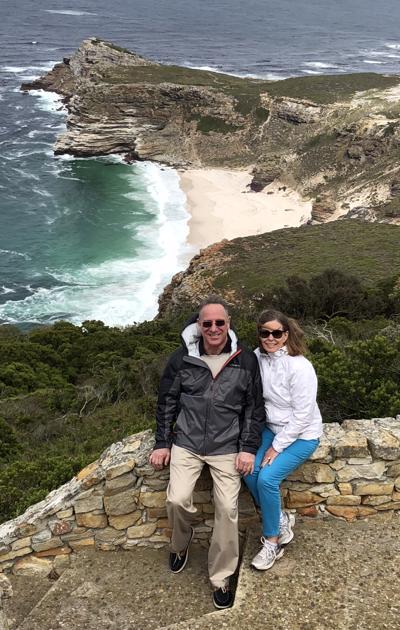
weren’t afraid of us. Good thing as they could easily outrun us. Apparently, if they do attack, you are supposed to curl up in a ball and let them sit on you, as they want to overpower you.
Next stop was Simons Bay for a great lunch of local seafood at Savieur’s on the harbour. Following that was a visit to Boulders to see the South African penguins. They are so cute to watch their graceful swimming and clumsy waddling. There were several baby penguins still being protected by their parents in their sand nest. The older babies shed their coats and while in this molting phase they seemed to look like they were embarrassed at their state.
We returned to Cape Town and since the mountain was clear we decided to give it a go. Luckily the queue for tickets and the queue to get on one of the two tramcars was relatively short. Apparently some days it can be hours at both the top and bottom. The tramcars hold 65 people and the floor rotates so you can see everything as you go up. At one point in the rotation there is an open window. Hang on to your kids!
The views at the top were spectacular and well worth the trip up. One funny, furry animal at the top of the mountain were Dassies. The look like a quinea pig to me but apparently have the same skeletal structure as an elephant without a trunk.
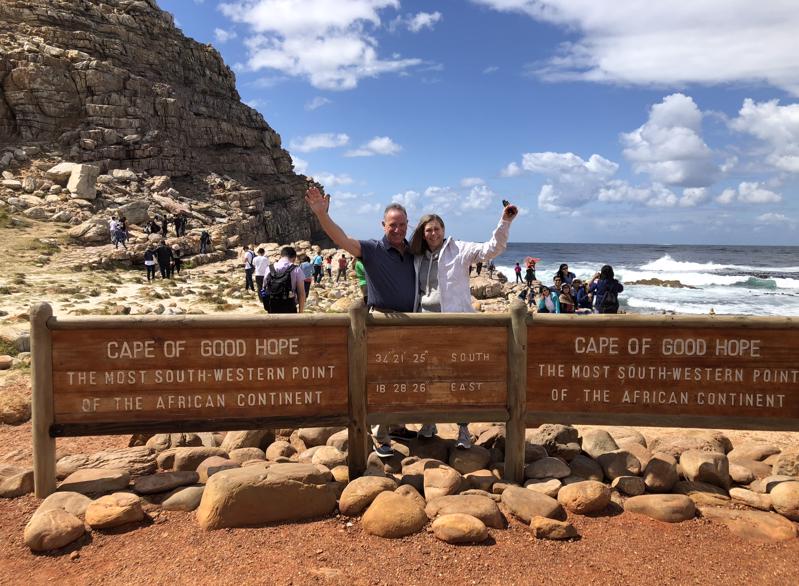
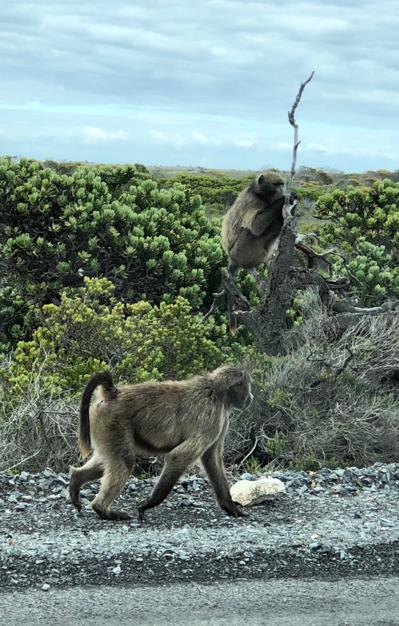
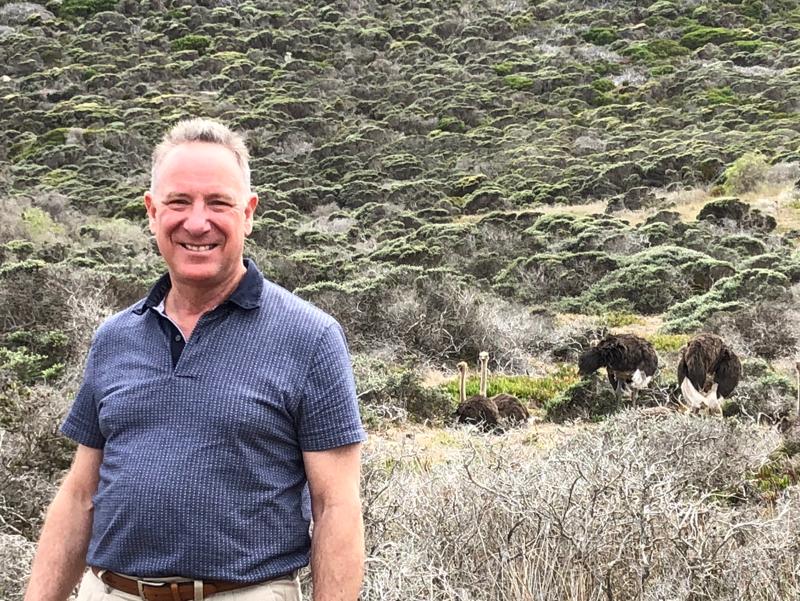
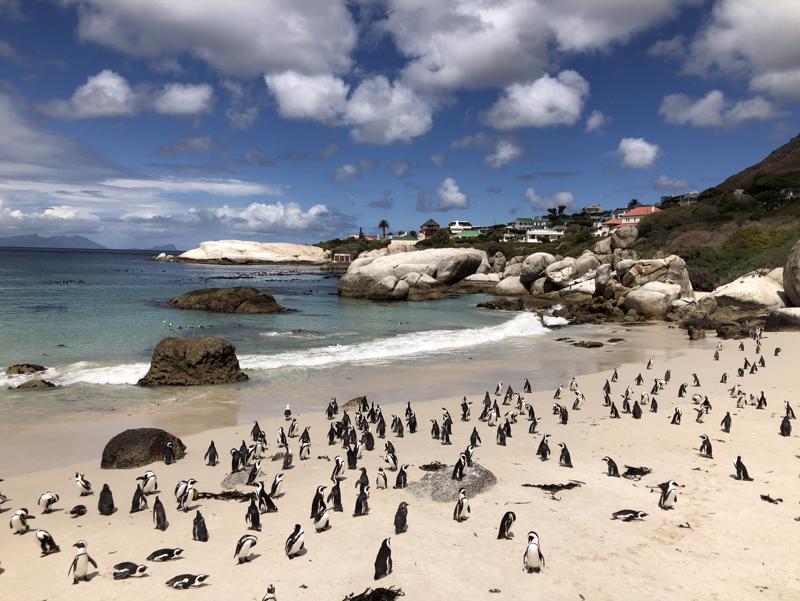
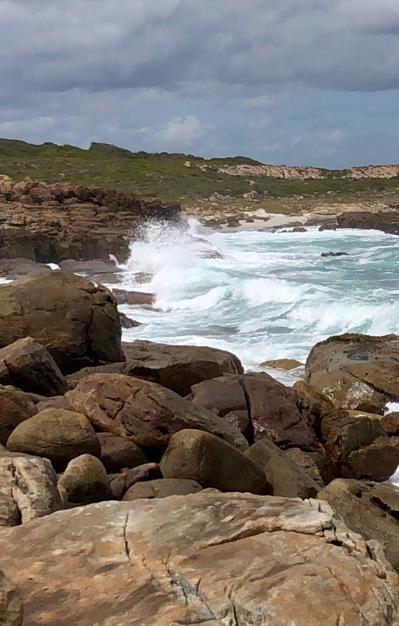
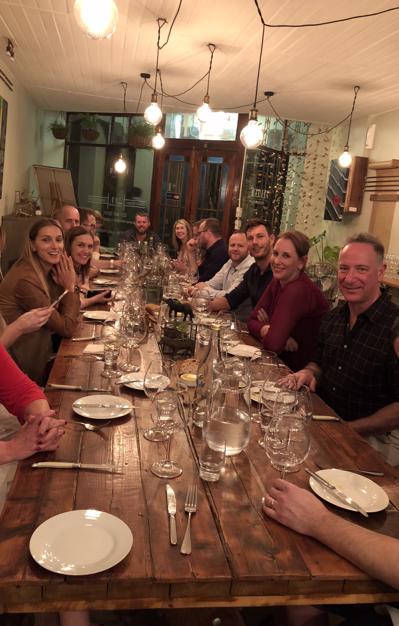
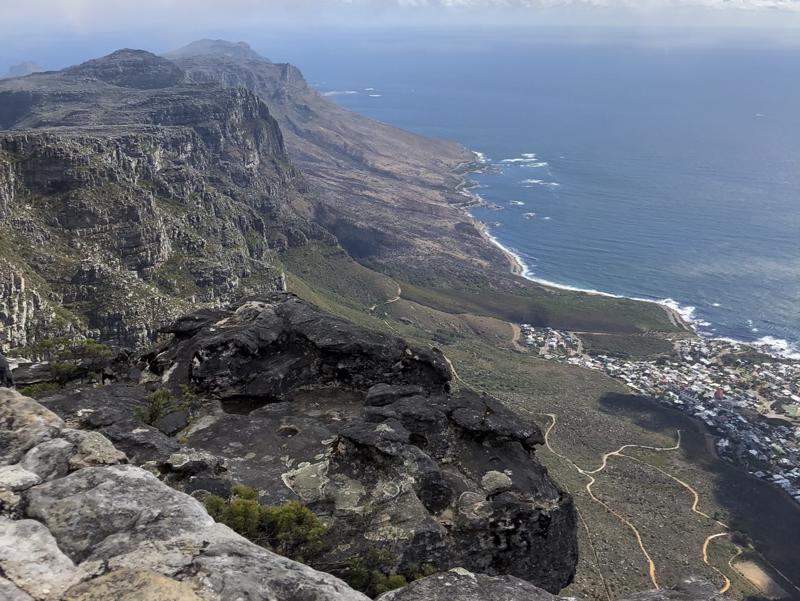
Dinner was at a restaurant called Revierie. It is a social table setting with 18 guests seated at one long table. We had to make a reservation several weeks in advance and pay at time of booking. The guests were from all over the world and it seemed we had all found the restaurant from TripAdvisor. It is now rated the 2nd best restaurant in Cape Town.
Chef Julia picks one winery and creates a menu based on the wines. It was a seven-course meal of amazing dishes and wines. The meal lasted 4 hours and we could easily have stayed for more hours but thought it best to call it a night.
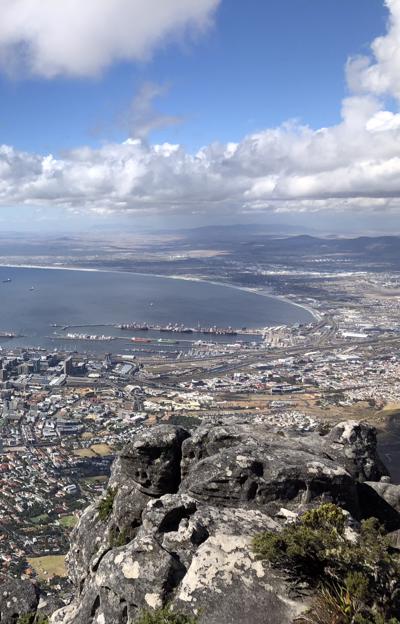
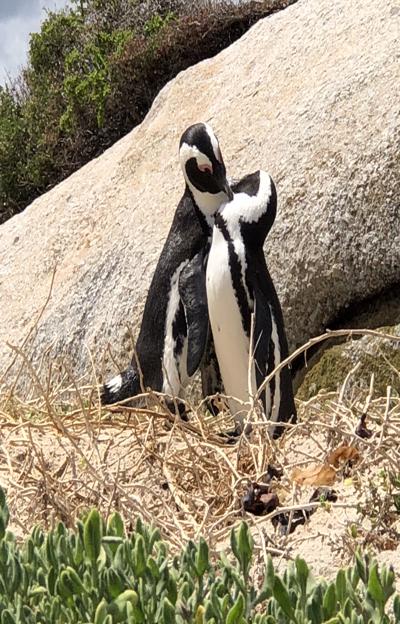
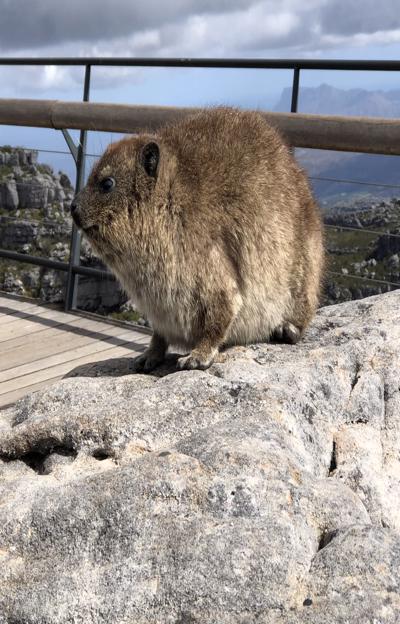
1.
South Africa 2018
2.
Orillia to Amsterdam
3.
Amsterdam - Diamonds are forever
4.
Touring Amsterdam - trains, boats and bicycles
5.
Relaxing In Lisserbroek
6.
Flight to Cape Town
7.
Cape Town City Tour
8.
Where the Atlantic and Indian Oceans meet
9.
Wine Country
10.
Rovos Rail Train
11.
Arrival in the north part of South Africa
12.
The Smoke that Thunders
13.
Back to South Africa
14.
Off on Safari
15.
Travels back to Holland
16.
The Final Flight Home
Share your travel adventures like this!
Create your own travel blog in one step
Share with friends and family to follow your journey
Easy set up, no technical knowledge needed and unlimited storage!